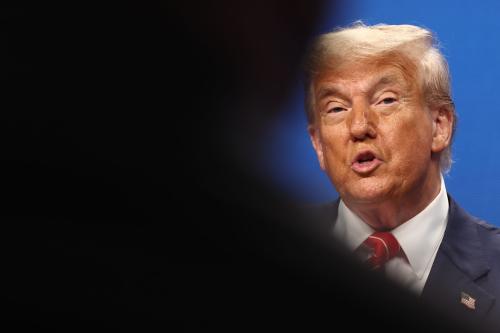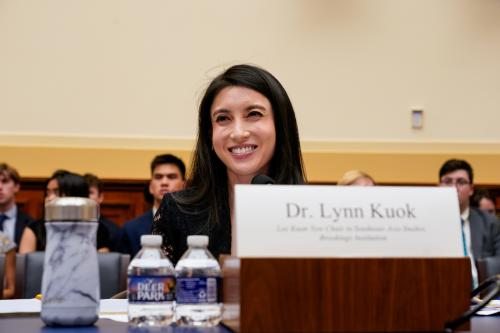Korea’s remarkable turnaround since the 1997 economic crisis has made it something of a “poster child” for the IMF. Major news publications around the world have also praised Korea for its post-crisis reform, in an about-face from their earlier condemnations of the Korean economic system as one of “crony capitalism.” Korea’s financial sector reform, in particular, has been in the spotlight, especially in comparison with Japan’s slow progress in this area and as a possible benchmark for China, which is dealing with a nonperforming loans problem of its own.
Though it would be dangerous to believe everything that is written in news publications, Korea indeed appears to have made significant progress in reforming its economic system in the post-crisis period. What has made this possible? And how has the Korean system changed as a result? In this paper, we address these two questions from a political economy perspective, and we draw implications for the future of East Asian capitalism.
We look at how financial globalization, interacting with economic crisis and political mediation, has influenced Korea’s financial sector reform and, ultimately, its economic system as a whole. By financial globalization, we mean the integration of financial markets under “global” rules and practices derived either through an international bargaining process (e.g., adoption of capital adequacy ratios) or as a response to market signals (e.g., increasing emphasis on shareholder value). Financial sector reform refers to institutional changes in the financial sector brought about by public policy and behavioral changes induced by market signals. In this context, institutional changes include the disposal of nonperforming loans through the recognition and sharing of “legacy costs” as well as forward-looking reform measures designed to improve the efficiency and stability of the financial sector.
This paper is organized as follows: Section 1 looks at the evolution of Korea’s government-business risk partnership prior to the 1997 crisis, focusing on the problems created by one-sided financial sector liberalization in the years leading to the crisis. The limitations of pre-crisis reform efforts are also mentioned. Section 2 characterizes the nature of the 1997 crisis, especially in comparison with previous debt crises in Korea, and discusses its impact on the reform environment. Section 3 looks at the political economy of post-crisis reform in a broad context. It shows how a new political leadership committed to a democratic market economy adroitly used the crisis atmosphere to push ahead with reform. The role of foreign capital in helping to make this reform program credible and irreversible is also highlighted. Section 4 then analyzes in some depth the politics and economics of financial sector restructuring, focusing on government efforts to dispose of nonperforming loans and reduce moral hazard. Section 5 assesses the extent to which the Korean financial sector has changed in the post-crisis period. Section 6 concludes.
This article appears as a chapter in the book From Crisis to Opportunity: Financial Globalization and East Asian Capitalism, published by the Walter H. Shorenstein Asia-Pacific Research Center and distributed by the Brookings Institution Press. This book is available for purchase.
The Brookings Institution is committed to quality, independence, and impact.
We are supported by a diverse array of funders. In line with our values and policies, each Brookings publication represents the sole views of its author(s).



Commentary
Turning a Crisis into an Opportunity: The Political Economy of Korea’s Financial Sector Reform
January 1, 2006